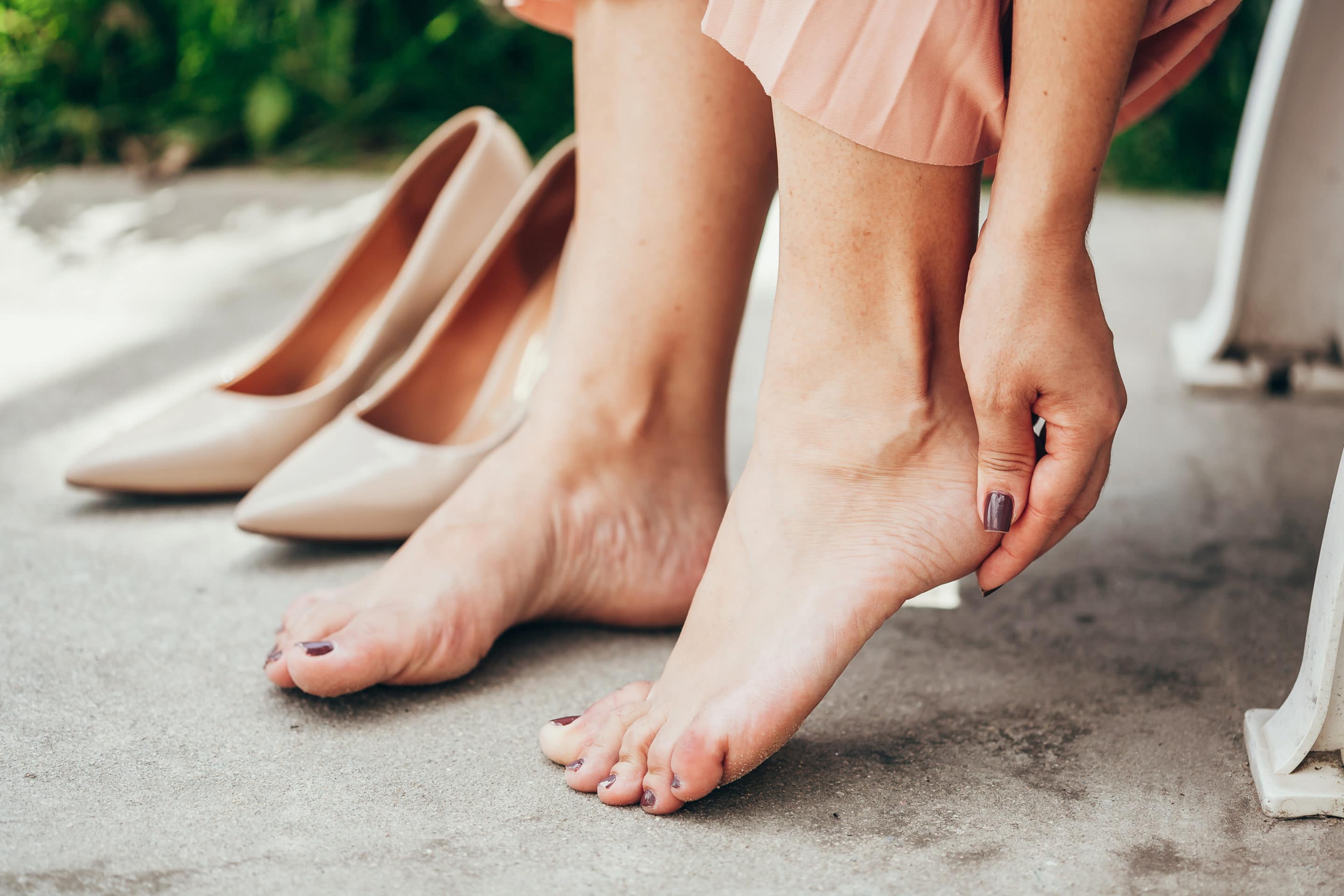Heel Pain Treatments – That Work!
Treating heel pain shouldn’t feel like such a complicated issue, right? And yet there are plenty of people who have tried various remedies and not found the results they need. Why is that?
One of the main reasons that persistent heel pain can feel so stubborn and tough to treat is that there isn’t just one cause of heel pain. Heels can hurt for a variety of reasons, each of which can respond to a different form of treatment.
In fact, heel pain treatment doesn’t necessarily have to be complicated once it is fully understood just what’s behind the problem. If you have tried one or two heel pain remedies and were disappointed by the lack of relief, don’t worry. It’s likely not that you have some monstrous, invincible form of heel pain as much as that you simply haven’t found the right type of treatment yet.
At McVay Foot & Ankle, we’re experts at getting to the bottom of heel pain cases and addressing them in the best ways possible. Most cases can be successfully treated within a few months – and without the need for surgery.
The first step toward any effective treatment plan is an examination to understand the problem at hand. There are more reasons for heel pain than you might expect.
The Causes of Heel Pain
What is commonly described as “heel pain” is not just one defined problem. A variety of conditions can result in heel pain, and many of them are not even central to the heel bone itself!
For example, there is often a difference between pain you feel beneath your heel and pain you feel in the back of or just above your heel.
Pain beneath your heel might be from plantar fasciitis, a condition in which the band of thick tissue that connects the heel bone to the base of your toes (the plantar fascia) becomes overstrained. Pain in the back of or just above your heel, on the other hand, might be Achilles tendinitis, a condition in which the Achilles tendon that connects your calf muscles to your heel bone becomes overstrained.
Two different tissues in trouble, but both fall under the broad category of heel pain. And they are not the only potential causes. Bursitis, stress fractures, and other conditions might be responsible as well.
Narrowing down exactly what condition is causing heel pain is a big step toward effective treatment, but it’s not always enough. We also need to understand…
The Causes of the Causes of Heel Pain
Every source of heel pain has a reason. Sometimes it has more than one reason. Unless we properly identify and address these reasons, heel pain is more likely to come back in the future or never entirely go away in the first place.
Let’s go back to plantar fasciitis. The plantar fascia can become strained for several different reasons. You may be overdoing it with running or other activities. Or maybe you spend a lot of time standing on hard surfaces or in unsupportive footwear. Or maybe you have flat feet, short calf muscles or another anatomical abnormality that is putting too much stress on the tissue.
This is why we conduct a thorough evaluation and often ask you questions about your daily activities, what shoes you wear, etc. Knowing how your heel pain affects your life and your life affects your heel pain can provide us important clues to better target our treatment recommendations to your needs.
Treating Heel Pain
So here’s the good part. What can be done to help relieve heel pain?
Depending on the circumstances surrounding each case, we recommend a plan to provide substantial or complete relief. A treatment plan may consist of one or multiple methods.
Some of the methods we may recommend include (but are not limited to):
- Custom orthotics. If the source of your heel pain can be traced to a structural abnormality in the foot, then a prescribed pair of custom orthotic inserts can provide exact amounts of cushioning and corrective support to counter it, providing long-term relief.
- Changes to activities and/or footwear. If physical overuse or unsupportive shoes are in play, we can advise you on better options. Changes to activities will not mean putting a stop to what you love doing if at all possible, but often substituting some lower-impact options at various times.
- Physical therapy. A regimen of specific stretches and exercises can help condition certain areas of the feet and ankle in ways that can lessen or prevent heel pain. Stretches that work on tight calves, for example, can help reduce some Achilles tendinitis risks.
- Injection therapy. A shot of a corticosteroid into soft tissues can help ease pain and swelling. Such an injection is only a short-term solution, however, and is not recommended for all cases.
Is surgery ever necessary? Only in rare instances. We will only ever consider surgery for heel pain if more conservative methods such as those above fail to provide the results we are looking for.
Looking for Heel Pain Relief that Lasts? Come to Us!
Any heel pain that persists for more than a couple of days is never normal, and no heel pain should ever be something someone should “just learn to live with.”
Take the first steps toward real relief and schedule an appointment at our Colorado Springs office. You can reach us by phone or by filling out our online contact form.
© McVay Foot & Ankle. All Rights Reserved
Web Design by CP Solutions
Marketed by VMD Services
Privacy Policy | Terms & Conditions

